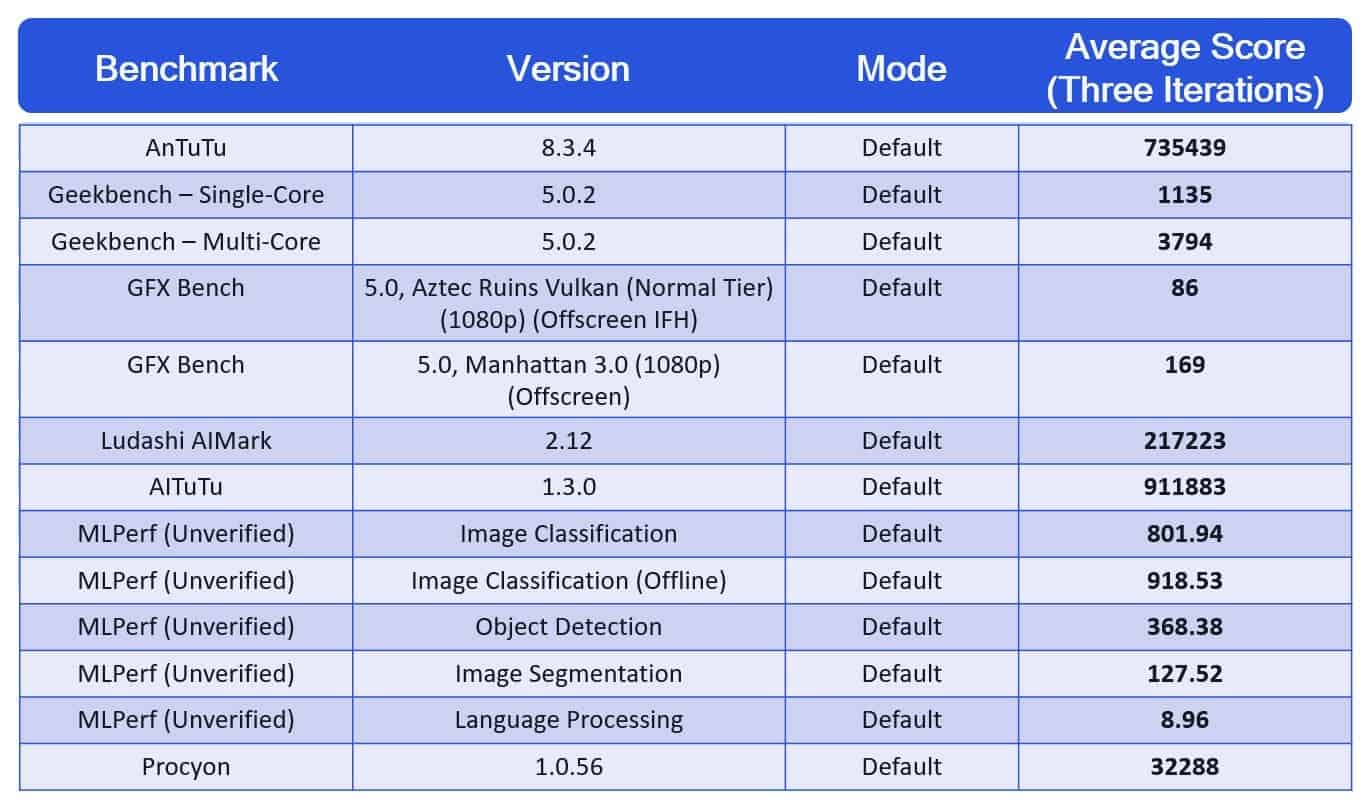Qualcomm announced tonight the results of a number of industry comprehensive benchmarks for the Snapdragon 888 5G mobile platform. The processor’s AnTuTu running score reached 730,000, and Geekbench single-core score is 1135 points, while the multi-core score is 3794 points.
For comparison, the current AnTuTu best score of the Snapdragon 865 is 671,000 points. It is calculated that Snapdragon 888 has increased by about 10%. Of course, the comparison here is the best result of Snapdragon 865 after one year of optimization. In this sense, the SND888 is not released yet. So there must be a lot of room for optimization.

For GeekBench, the Snapdragon 888 scored 1135 points for single-core and 3794 points for multi-core tests. Compared with the Samsung Galaxy S20 FE equipped with the Snapdragon 865 multi-core and single-core increased by 18% and 26%, respectively. Compared with Kirin 9000’s single-core 1020 and multi-core 3710, the two are almost the same.
In addition, Qualcomm also provided the results of Snapdragon 888 in GFXBench 5.0 and Manhattan 3.0. The 1080p off-screen score is 169FPS and Aztec ruins Vulkan 1080p / conventional off-screen score is 86FPS. This achievement performed very well, which was over 40% and 45% higher than the best results of the Snapdragon 865.
Also Read: Apple A14’s First GeekBench 5 Results Appeared
In these tests, the Snapdragon 888 did not surpass Apple’s A14 Bionic chip. Although the API is different and the two achieve similar frame rates in the Manhattan GPU benchmark, the Snapdragon 888 did not perform well in the Aztec test. Apple’s A14 processor only won by 7% in the CPU multi-core results. But in the single-core test, it expanded the lead to a staggering 41%.
Benchmark Tests Settings
According to Qualcomm Technologies, these benchmark tests can only test some use cases and cannot fully reflect other experiences enabled by the Snapdragon mobile platform, such as connection, camera, video, audio, battery life, and charging speed. These tests were made using the Snapdragon 888 reference design. The Snapdragon 888 reference prototype is equipped with 12GB LPDDR5 memory, 512GB flash storage, 3780mAh battery, and 6.65-inch 2340×1080/120Hz screen.
During the test, Qualcomm runs three rounds of each benchmark test and takes their average value. Qualcomm said that in the process of running all the benchmark test procedures, the Snapdragon 888 reference design uses the default settings. These are the settings for the user’s daily use, taking into account performance and power consumption.
Qualcomm Snapdragon 888 Core Parameteres
The Qualcomm Snapdragon 888 5G mobile platform uses the most advanced 5nm process. According to the official announcement, its overall CPU performance is 25% higher than the previous generation, with a maximum frequency of 2.84GHz. Also, it is the first commercial CPU subsystem based on the Arm Cortex-X1 architecture. In the GPU part, the graphics rendering speed of the Qualcomm Adreno 660 is 35% higher than the previous generation.
The sixth-generation Qualcomm AI engine includes the new Qualcomm Hexagon 780 processor. Compared with the previous-generation platform, the computing power has increased by 73%. It can achieve 26 trillion operations per second (26 TOPS). Its energy efficiency is also improved 3 times.
Commercial terminals sporting the Snapdragon 888 should be available in the first quarter of 2021. The benchmark test results of the Snapdragon 888 reference design and future commercial terminals may vary due to factors such as performance settings, storage devices, display refresh rates, and software update time.





